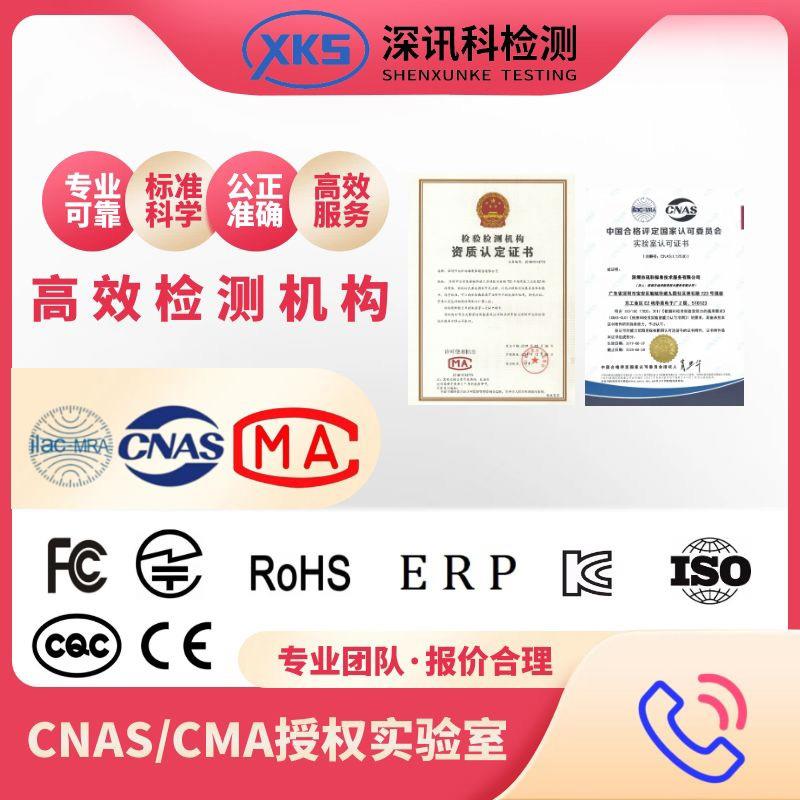Inspection standards and requirements for common lamps

summary
1、 EU
The EU government controls the product quality through sampling inspection. If the product is detected not to meet the requirements of relevant directives, the manufacturer will face a large fine and the punishment of prohibiting the product from entering the EU.
CE mark is a safety conformity mark rather than a quality conformity mark.
A kite with CE mark does not mean that it can fly well, but only that it complies with the safety regulations.
A. EU directives applicable to lamp products mainly include:
a. Low voltage directive 73 / 23 / EEC: Low Voltage Directive 73 / 23 / EEC
Lamps must comply with EN60598 safety standard.
b. EMC (electro magnetic compatibility) directive
89 / 336 / EEC: lamps must comply with en55015 electromagnetic compatibility standard. (mainly for lamps with electronic circuits)
c. Packaging directive - Directive 94 / 62 / EEC on packaging and packaging waste: the packaging of lamps must meet the text requirements of this directive. The main contents are that polyform cannot be used and the content of heavy metals cannot be too high.
Since July 1, 2006, the electrical and electronic equipment put on the EU market shall not contain six harmful substances including lead, mercury, cadmium, hexavalent chromium, polybrominated diphenyl ether (PBDE) and polybrominated biphenyls (PBB), involving eight types of electrical and electronic products with AC power not exceeding 1000V and DC power not exceeding 1500V, covering almost all large, medium and small electronic and electrical equipment.
B. Current EN60598 standard (common part)
En60598-1:2000 luminaries Part 1: General requirements and texts it contains all safety requirements and test items for lamps with operating voltage of 0-1000v.
En60598-2-1:1989 specification for fixed general purpose luminaries specifies which clauses in en60598-1 are applicable to fixed lamps for general purposes, and also describes some special requirements of such lamps.
En60598-2-4:1998 portable general purpose luminaries specifies which clauses in en60598-2 are applicable to portable lamps for general purposes, and also describes some special requirements of such lamps.
En60598-2-6:1995 luminaries with built-in transformer converters for filament lamps specifies which clauses in en60598-1 are applicable to portable lamps for general purposes, and describes some special requirements of such lamps.
En60598-2-10:1989 specification for portable child wearing luminaries specifies which clauses in en60598-1 are applicable to movable lamps and lanterns of interest to children, and also describes some special requirements of such lamps and lanterns.
En60598-2-23:1997 extra low voltage lighting systems for filament lamps specifies which clauses in en60598-1 are applicable to extra low voltage lamps (Class III), and also describes some special requirements of such lamps.
C. Main contents of CE documents:
Whole lamp test report, certificate / test report of main electrical parts and relevant quality control documents (such as drawings, product specifications, BOM, etc.). Note: in En products, only the electrical parts listed on CDF can be used. CDF - component data form, such parts require certificates.
The main electrical parts of lamps and lanterns produced according to CE specifications are VDE certified, such as lamp caps, wires, plug wires, etc. The plugs of class II movable lamps are usually double straight pin round plugs; Parts containing electronic circuits shall have EMC certification.
2、 China
China's national standard for lighting products is GB7000 series, corresponding to IEC60598 series (EN60598 Series).
Since May 1, 2003, all electrical and electronic products sold in the Chinese market have been subject to the China compulsory certification system. The mark is "" and the name of the certification mark is "China Compulsory Certification" (the English name is "China Compulsory Certification", the English abbreviation is "CCC", or "3C" for short). 3C certification includes electromagnetic compatibility (EMC) requirements. All electrical and electronic products can be sold in the Chinese market only after they have passed 3C certification and affixed with corresponding marks.
There are four common 3C certification marks: safety certification marks; Safety and electromagnetic compatibility marks, fire protection certification marks, electromagnetic compatibility marks.
Domestic products use E14 and E27 lamp caps with CQC certification and marks, and wires and plug wires with 3C certification and CCC marks. Class II mobile lamps use double straight pin flat plugs, and class I mobile lamps use three pin splayed flat plugs
3、 United States
Products exported to the United States and Canada are subject to FCC certification for electromagnetic compatibility. The safety requirements for lighting products are mainly UL153 and ul1598 mandatory documents.
Main features of UL specification products:
1) The voltage is AC120V 60Hz;
2) The movable lamps use the flat single-layer insulated power cord with UL certification mark and large and small pin plugs;
3) All fixed lamps and lanterns shall be provided with grounding measures. The ground wire shall be yellow green wire or bare copper wire.
4) Use UL certified electrical parts such as lamp caps, wires and plug wires.
5) Use labels in English and French that meet the requirements of UL documents.
6) Try to use the whole package for shipment.
4、 Australia
SAA certification system shall be implemented, and EMC requirements shall be implemented at the same time. C-tick of Australia is the national standard certification mark for EMC certification requirements of electronic products. At present, SAA has adopted IEC system standards.
The main differences between SAA specification products and en specification products are as follows:
1) The voltage is AC240V 50Hz;
2) Adopt octagonal two pin flat or three pin octagonal flat plug;
3) SAA certified round wire is adopted;
Note: SAA certified products can only use the electrical parts listed on the CDF.
It is required that the lamp cap, wire and plug should be certified by

